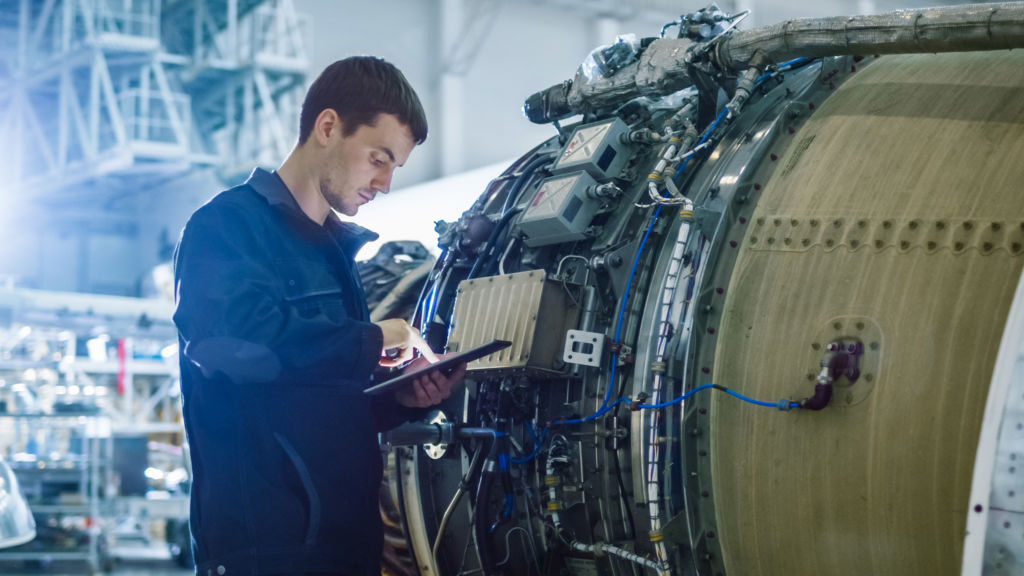
In the aerospace industry, every component must perform reliably under extreme conditions. Rupture disks primarily used for overpressure protection in critical systems, are no exception. Even the most precisely engineered rupture disk can fail if operational and environmental variables aren’t properly managed.
This guide outlines the four most common failure modes that engineers should consider when specifying, installing, or evaluating rupture disks in flight or ground-support systems.
1. Foreign Object Damage (FOD)
FOD is one of the leading causes of premature rupture disk failure. Contaminants or mechanical debris introduced during handling, storage, or installation can compromise sealing surfaces or the burst element itself.
Engineering Insight:
Even microscopic scratches or dents on the dome or seal area can alter burst pressure performance or cause leakage. Use cleanroom-level handling protocols and consider protective covers to be removed at time of installation in controlled environments.

Mitigation Strategy:
- Select designs with FOD-resistant features
- Conduct helium leak tests and visual inspection protocols
- Implement strict handling and packaging controls
2. Pressurization Rate Sensitivity
The speed at which pressure rises within a system (pressurization rate) can impact rupture disk activation. Rapid pressurization can cause the disk to burst at significantly different pressures than its rated value.
Engineering Insight:
Disks not rated for dynamic pressurization may delay or fail to relieve pressure in time, risking damage to upstream components.
Design Consideration:
Select rupture disks that have been tested under controlled rate conditions. ZOOK offers designs and test data tailored to rate-sensitive environments.
3. Improper Installation
Incorrect installation is a major contributor to rupture disk failure. In systems with tight tolerances and limited access, small deviations can create large system risks.
Common Errors Include:
- Reusing a disk or holder assembly
- Over-torquing bolts or connections
- Misalignment of gaskets
- Incorrect orientation of the disk
- Use of non-specified materials
Engineering Insight:
An improperly installed rupture disk can leak, activate outside tolerance, or fail entirely especially under vibration or thermal cycling conditions common in flight applications.
Best Practice:
- Consider integrated or welded disk-holder assemblies to reduce risks
- Follow manufacturer’s torque specs and assembly instructions
4. Fatigue from Cyclic Loading
Repeated exposure to pressure cycles, temperature changes, and vibration can cause fatigue in rupture disks. This is particularly relevant in systems that experience long mission durations or high-cycle operations (e.g., thermal control loops, satellite propulsion).
Preventive Actions:
- Consider using development or extra production disks through cycle testing
- Specify materials with fatigue resistance (e.g., nickel alloys or proprietary coatings)
- Incorporate NDT into requirements

Conclusion
Understanding and mitigating failure modes such as FOD, pressurization rate sensitivity, improper installation, and fatigue is critical for the performance and reliability of rupture disk solutions. By proactively addressing these risks, engineers can improve safety margins, eliminate potential risks, and ensure mission success.
ZOOK Aerospace Technologies delivers rupture disk solutions engineered and tested specifically for aerospace demands, from satellite fuel tanks to crew vehicle life support systems. Our team supports custom designs, qualification testing, and integration into space-qualified assemblies.